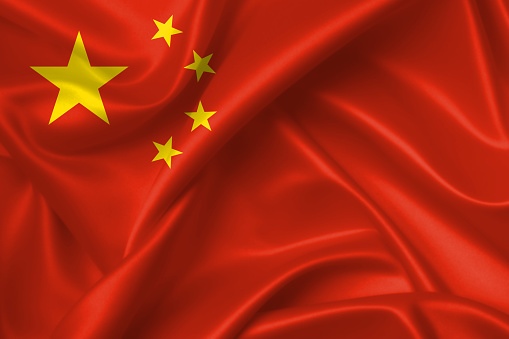
Markets
The absence of the US (Thanksgiving) as well as an enticing economic calendar yesterday lead to clueless trading. ECB Minutes highlighted the increased downside risks on growth and inflation due to the second coronavirus wave. It set the stage for the central bank to hint at more stimulus in the upcoming December meeting. The ECB’s assessment didn’t include the breakthrough in vaccines, which occurred later. However, the dovish comments by chief economist Lane yesterday made clear another (and final) monetary dose is on the way. European stocks hovered sideways, the German bund gained. Yields fell 1 bp (5-yr) to 2.2 bps (30-yr) even as the country announced a more than doubling of new debt issuance (180bn euro vs. 84bn in the earlier projections). Peripheral spreads were near stable. With a close of 0.09% yesterday, Portugal is well on track of becoming the first peripheral country to join the list of sub-zero 10y yields. The minor intraday dollar comeback didn’t bring any relief from a technical point of view. EUR/USD still finished beyond 1.19, the trade-weighted DXY dipped below 92. USD/JPY remained north of 104. Sterling’s choppy trading brought it slightly further north of EUR/GBP 0.89(2).
Asian-Pacific shares trade mixed-to-positive without guidance from WS yesterday and in a session devoid of market moving news. Chinese industrial profits soared to 28.2% y/y, the highest level since 2011 in a sign the sector is continuing its post-pandemic recovery. US yields topple up to 3 bps in a catch-up move with Germany yesterday. The greenback once again trades heavy. EUR/USD advances towards 1.1925. USD/JPY risks giving way to the 104 support area (103.99 currently) while DXY (91.88) is nearing the last line of defense at 91.75.
Today’s economic calendar only contains the second tier EC economic confidence (November). US financial markets reopen today but finish the session early. Volumes will probably stay rather low. European equity futures erased an intraday loss to flat, suggesting a neutral opening later. We assume this wait-and-see approach to hold going into the (“long US”) weekend. Core bonds’ downside is protected with the German 10y yield finding support near -0.59%. US real yields show a topping out pattern the past two weeks after a protracted rise since September (-10 bps). It explains in part the recent dollar weakness. In any case, we keep a close eye on USD/JPY. Accelerating declines below 104 could drag DXY with it towards the all-important 91.75 area. EU trade negotiator Barnier called for an urgent meeting on EU fisheries today. It is unclear whether this is to announce a breakthrough in the stalemate. If it is, we could easily see the pound surging in a kneejerk move. We hold to the idea however that sterling discounted sufficient good news (i.e. a Brexit deal) by now.
News Headlines
The Chinese Ministry of Commerce will start imposing anti-dumping duties from 107.1% to 212.2% on Australian wine, starting tomorrow. The measures follow earlier import-restrictions on several commodities (coal, copper,…). China is the biggest export market for Australian wine. Australian trade minister Birmingham labeled the action grossly unfair, unwarranted and unjustified and will appeal to the WTO. Sino-Australian relations deteriorated since Canberra blocked Huawei’s 5G network and as PM Morrison asked a probe into the origins of the Covid-pandemic. The Australian dollar remains strong against a weak dollar. AUD/USD (0.7380) is closing in on the 0.7414 YTD high.
The Turkish central bank (CBRT) raised the ratio for Turkish lira deposit and checking accounts with maturities less than 3 months from 4% to 6%. The required reserve ratio for FX deposits with a maturity of 1 year or less is raised to 19% from 17%. The CBRT will use a 12% remuneration rate for the lira required reserves. The Turkish lira strengthens marginally this morning, trying to leave move below yesterday’s dip around EUR/TRY 9.35.


 Signal2forex.com - Best Forex robots and signals
Signal2forex.com - Best Forex robots and signals




